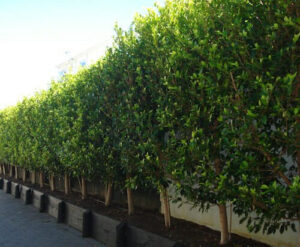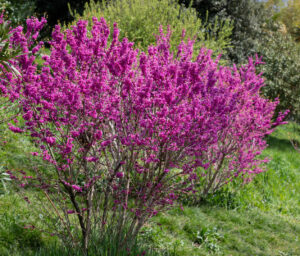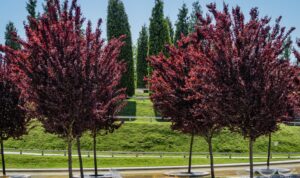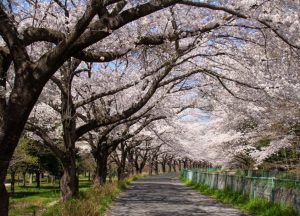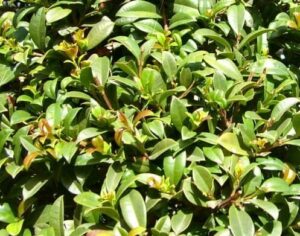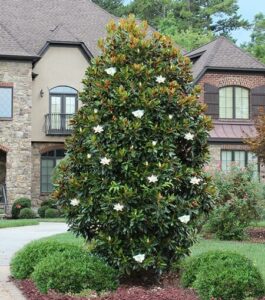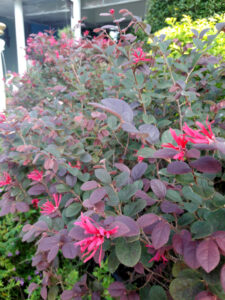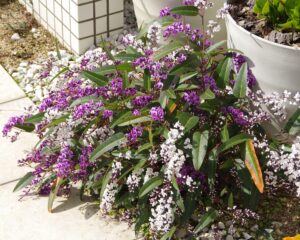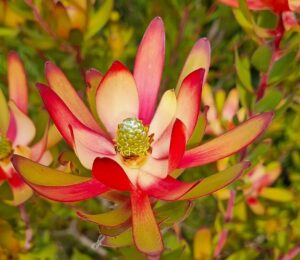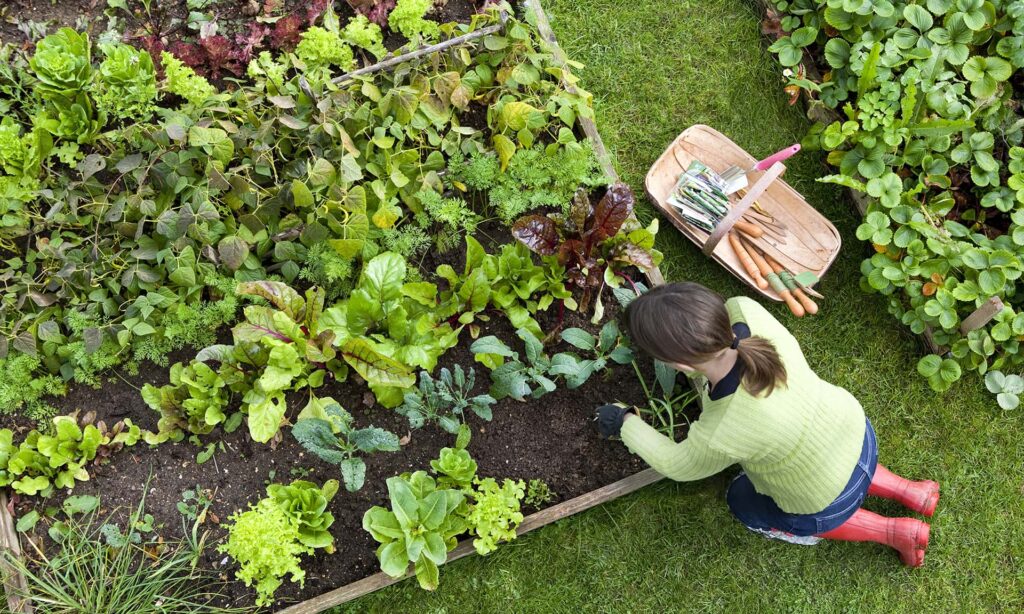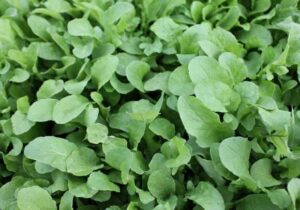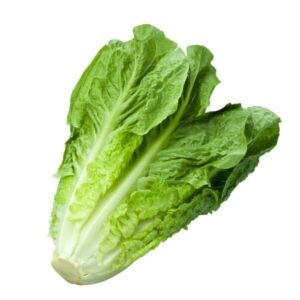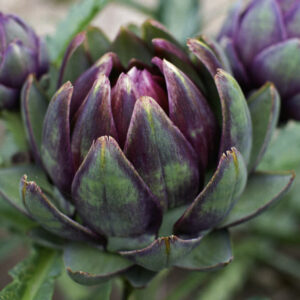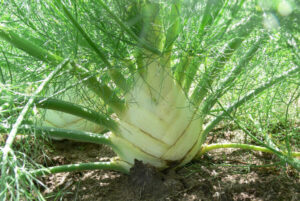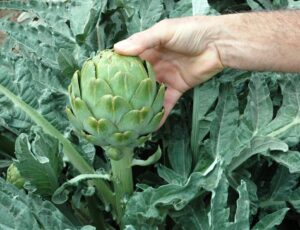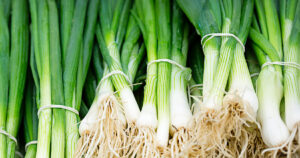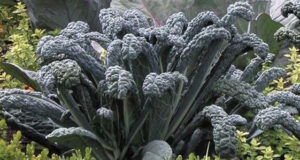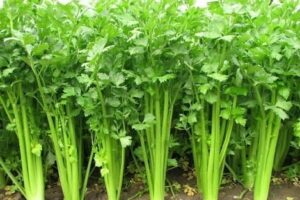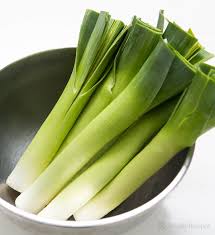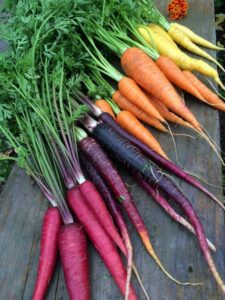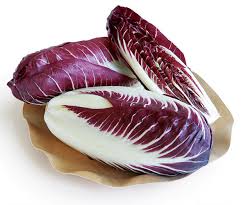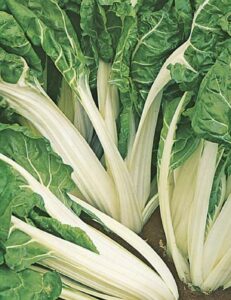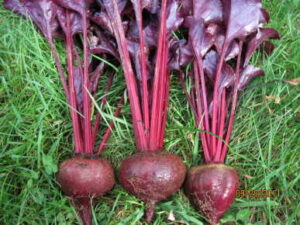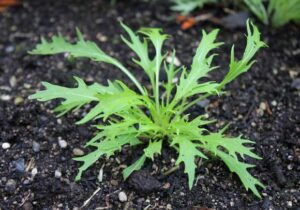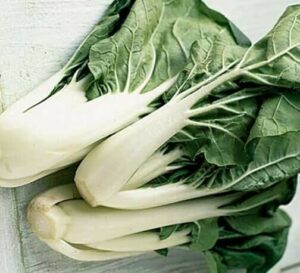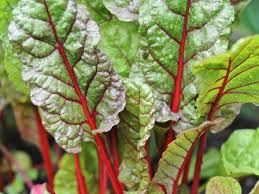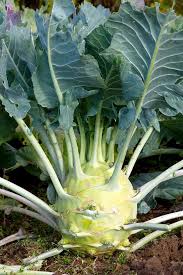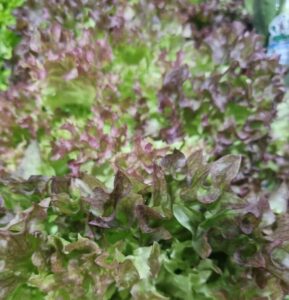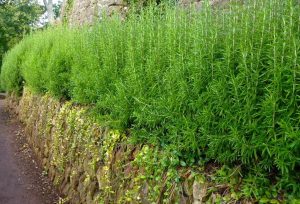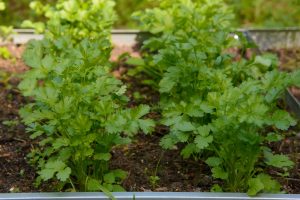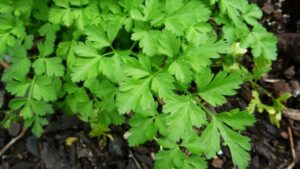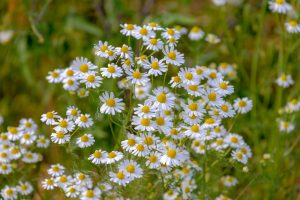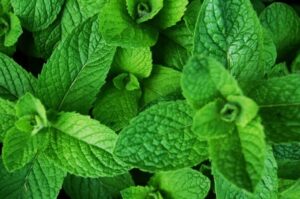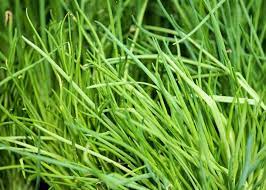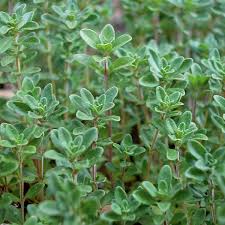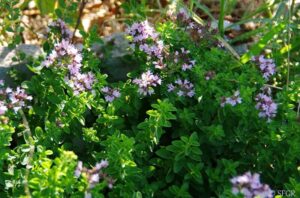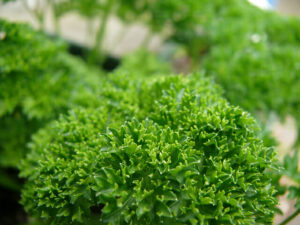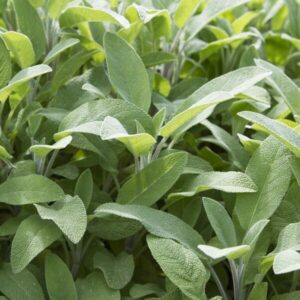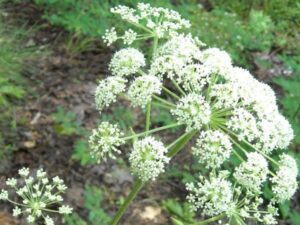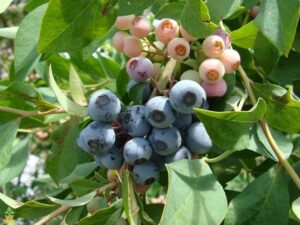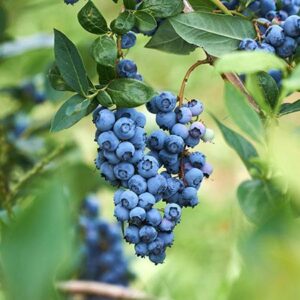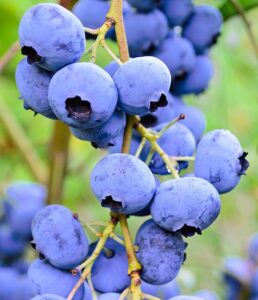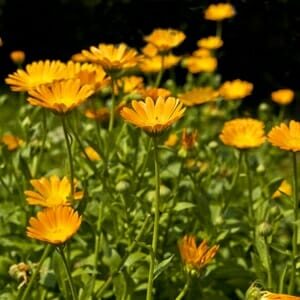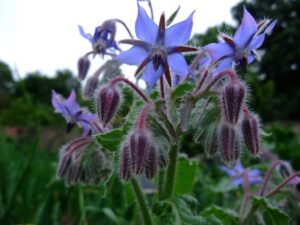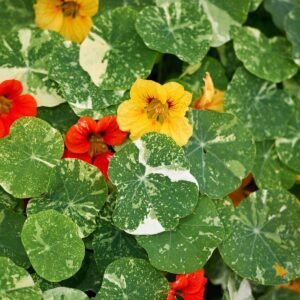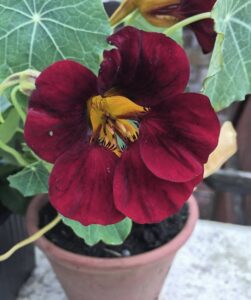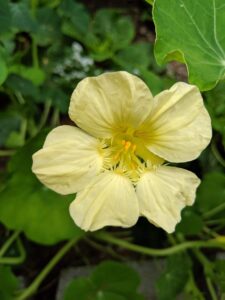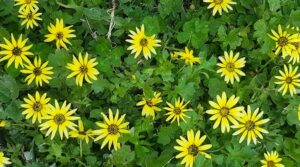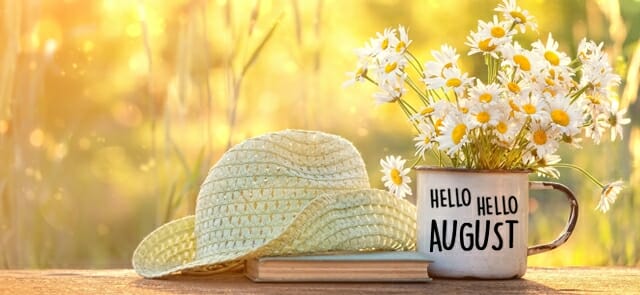
August in the garden 2022!
Hello Hello, dear gardening friends! August is here and we start yet another exciting month in the garden. We are still getting a few frosty mornings in Victoria, but the days are getting noticeably longer. This is the last month of cold Winter days, and soon we will be in jumping into the most exciting season: Spring! But before Spring gets here, there is a lot to do in the garden, to get it ready for this magical time of the year! Right now native plants, Azaleas, and Camellias are reaching the end of their flowering season. Acacias and Hardenbergias are putting on dramatic displays and deciduous trees such as cherries and magnolias have swelling buds that are getting ready to burst open revealing their great unique beauty and delightful fragrance.
Despite the cold, we know how eager you are to get into the garden, but where to start? Here are some things to do in the garden:
With our list of things to do, winter will fly by and you’ll be ready to hop into spring!
What’s in store!?
Top Specials!
Here are our best specials for the month!
Click here to see all our Top Specials!
Now is the time to plant your Bare rooted plants!
It’s that time of year again! Bare-root is BACK and we have loads of Bare Rooted Roses ready to go in-store. In winter, plants go dormant and dormant plants transplant much easier and stress-free than when they’re in leaf.
Bare Root Roses!
Now is the best time of the year to purchase your standard roses as we have hundreds of beautiful quality roses in stock. Whether you want 20 of the same colour or perhaps a fantastic mix of different colour roses depending on the garden colour scheme of your choice, you can get all of them in-store here in Campbellfield! We have the classic iceberg t and many colour varieties in 2ft and 3ft standards.
Click here to see more Bare Rooted Roses!
For more on how to plant your Bare Root Roses, Click here!
Bare Rooted Trees!
We have a nice selection of bare-rooted ornamental and fruit trees in-store and new ones coming in every week!
Click here to see more Bare Rooted Trees!
Ornamental Blossoms
Cherry blossoms are the first signs of colour in the late winter early spring. The soft, delicate blossoms burst open along the bare branches in colours of white and pink, welcoming the warmer weather of spring! The mass of colour Cherry and Plum blossoms bring make them one of the most coveted garden items, used as feature trees, lining avenues and driveways or as street trees. Their blossoms fall away gently in the spring breezes like natures confetti, making way for the broad, green summer foliage.
-
-
Prunus x yedoensis ‘Yoshino Cherry Tree’ 8″ Pot
0Original price was: $59.99.$49.99Current price is: $49.99.
Click here to see our Ornamental Blossom Factsheet and various varieties!
Native Hedges
We find natives are a love ‘em or leave ‘em, hit and miss or sorely misunderstood plant species with many Victorians. But the following list of native hedging plants will make anyone rethink their idea about natives!
Not only do many natives grow extremely well in the varied conditions around Victoria, but they have a certain charm and character, which can be emphasised with a bit of tender loving care. Like most hedging plants, give them a light prune, shape them according to your needs and you will find you will have one of the most unique and hardy hedges on the block!
Click here to see our Top 10 Native Hedges!
Evergreen Magnolias
Very often we tend to think of winter as being a very dull time of the year for the garden. We have put together a little selection of plants that will flower in winter or just add a splash of colour thanks to their vibrant foliage!
Click here to see our Evergreen Magnolia Factsheet and various varieties!
Winter Flowers
Winter gardens are not so dull with these beauties, that bloom when the rest of the garden has little to offer!
Click here to read our Top 10 Winter flowering plants article!
Get a Free Garden Design
If you’re starting a new garden bed you a whole new garden, winter can be a great time to start planning it. Once you’ve completed some of the steps below you can start to plan out where you will want to plant that new hedge or vegetable patch, build up an entirely new garden bed or landscape the whole backyard! We understand that this can sometimes be a little daunting so if you’re unsure, speak to one of our sales staff about our Free Garden Design service with Chris. He will be able to assist you with all your future garden plans! 
You can now earn points when you spend with us and use the points to get some amazing Freebies. This is the biggest and most exciting promo we have ever done and you do not want to miss it! Click here to read more about our rewards program!
The Edible Garden
As we are moving towards the end of winter, it is time to harvest the brassicas such as cabbage, cauliflower, broccoli, Brussel sprouts over the month, to make space for spring and summer veggies. Here is what you can sow or plant seedlings now:
Leafy greens such as Lettuce, rocket, leek, spring onions. Asian greens such as mizuna, tatsoi, pak choi, etc.
Root crops such as radish, beetroot, turnips, swedes, parsnips, carrots, onions, potatoes and garlic. All of those would take 2-3 months before harvest, except for radish which is ready in just 30 days, while potatoes take between 90 and 170 days.
Fruiting veggies – You can also start sowing capsicums, chillies, eggplants and tomatoes for an early start of the spring and summer veggies!
Check out our available range of fruits, vegetables and herbs.
Some great companion plants for all these are herbs like sage, winter thyme, parsley, mint, chives, coriander, dill, oregano, marjoram. They deter pests such as caterpillars, aphids, mites, etc.
Blueberries
Blueberries have become renowned for making delicious pies and muffins, and they are a good source of Vitamin A and C. Blueberries are high in iron and low in calories, and are a good energy source. It is always best to plant a few different varieties next to each other to increase pollination and fruits, but also to extend the harvest season! We have lots of different varieties in store.
Edible Flowers
Flowers such as Nasturtiums, Calendula and Borage are great for the winter patch! They add colour, diversity, repel pests and most importantly are tasty and pretty additions to salads!
Garden Tasks!
Pruning
This is a big one! Winter is when all major pruning is done because you can see the full structure of the plant and remove any problem branches. Fruit trees, deciduous trees and roses in particular benefit from a good prune. Fruit trees bear fruit more prolifically and look healthy after a good prune.
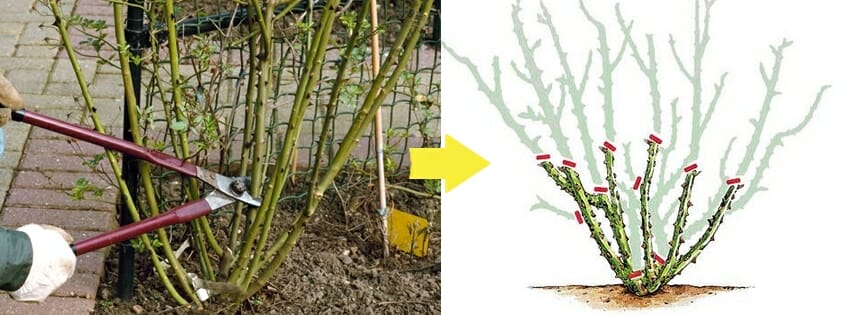 Click here to read more about Pruning Trees, Hedges, Box, Screens & Topiary
Click here to read more about Pruning Trees, Hedges, Box, Screens & Topiary
Protect your plants from Frost!
How to tackle frost
- Cover your frost-sensitive plants with sheets, newspaper or straw, making sure to remove them the following day.
- Lightly water your plants before sunrise by a sprinkler system (or by hand if you’re really keen!) This can prevent frost from forming. You can lightly water frost affected plants, which gently thaws the ice, reducing the damage from the frost.
- Use plastic sleeves and stakes to protect plants in open areas

Click here to read our article about protecting your plants from frost!
Weed Control
Weeds don’t have a seasonal preference, they’ll turn up any time! But our one saving grace is they turn up less often in winter and the established ones that need to come out are easier to see. The soil is moist, which makes it easier to pull out these little suckers. For the tougher weeds like clumps of Crowsfoot and Crabgrass, Dandelions or Oxalis you made need a tool to get the whole root out. The importance of getting the whole root out is so it doesn’t re-sprout. We don’t want to have to weed again! You can use a hoe or even a butter knife.
Drainage
Keep an eye out for drainage problems in the garden. After heavy rains, you can easily spot places in the garden that accumulate water and form little pools. These spots are ideal for plants that do not mind waterlogged soil. You can also use gypsum or clay breaking liquid to break up the clay soil and amend it with lots of compost and organic matter, which will improve the drainage.
Transplanting and moving
With the nice cool weather, it is an ideal time to move or transplant plants as the plants have time over winter to grow new roots and be ready for spring. You can repot plants that have outgrown their pots and are getting root-bound. Remove the plant and trim some of the roots at the bottom, shake off some old soil and add some fresh ones at the bottom of the pot to give your plant a fresh start. They will love it!
Pests
There are always pests and diseases lurking around, but we do not see them a whole lot in Winter. Thankfully the cold gets rid of a lot of pests and gives us a nearly pest-free garden until the temperature starts to rise.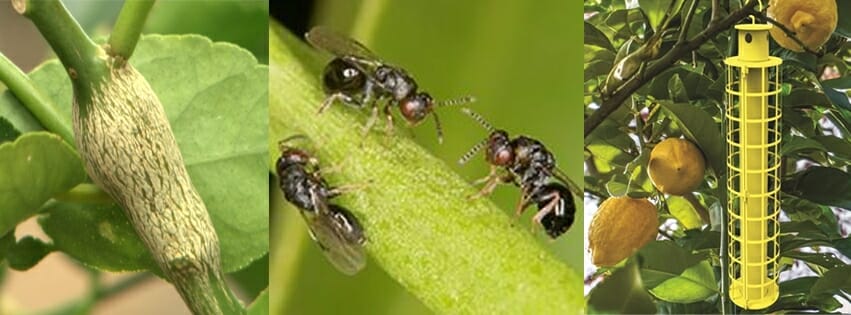
Citrus gall wasps emerge in Spring, often timing emergence with the onset of a flush of new growth. You should inspect your citrus trees and shave off of any galls you see. Pruning the galls off, will only cause new tender growth in the plant, which will be more prone to attacks by the gall wasps. Some extra protection can be given with some wasp traps.

Fungal Disease
Leaf curl is mainly a disease of peaches and nectarines, though it may also affect almonds and apricots. It’s caused by the fungus Taphrina deformans and occurs wherever peaches and nectarines are grown. Some symptoms are leaves that are entirely or partially curled, distorted, and are initially pale green in colour before turning red or purple. This will result in fruit that has raised, irregular rough patches, usually red in colour. Such fruit often falls prematurely. You can treat this with commercially available copper or lime-based fungicide sprays just during bud swelling, but before they have opened. Once opened it is too late to spray as the leaves will get damaged. Spray Now to avoid Spring disease 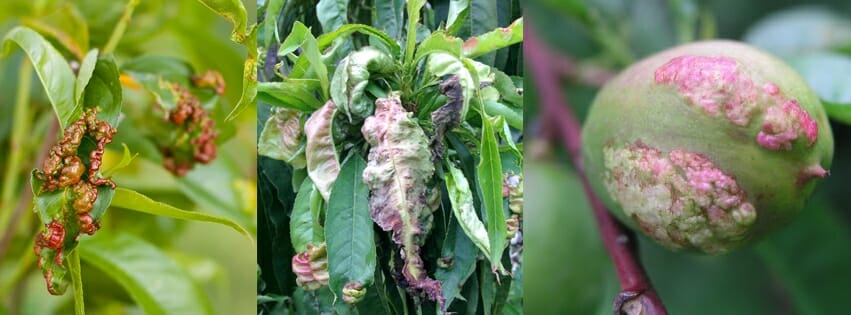
Soil, Fertilising, and Mulching
•If you have poor soil in your vegetable beds, with a couple of small Winter crops still growing, you could start harvesting them gradually and emptying the beds to prepare them for Spring vegetables. Throw in generous amounts of rich compost, manure and blood and bone meal and turn it over to mix it thoroughly. Let it settle for a week or two and it will be perfect for your tomatoes, eggplants, and capsicums during Spring and Summer. It is also a good idea to test the PH of the soil and amend it as necessary. Remember that the PH will change with the new additions so test it at various intervals. The aim is to get a neutral Ph of 6-7, which vegetables thrive in. Sulphur (liquid or pellets) and pine mulch make your soil acidic whereas lime and mushroom compost increases alkalinity.
Click here to read about different soil types
Click here to read about soil amendments.
•If you have planted green manure/cover crops over winter, now is a good time to chop them down and turn them over in the soil. It will have time to break down and improve your soil before it is time to plant spring and summer crops.
• Over the winter the microbial activity in your soil is very low because of the cold. In the next couple of weeks, you can prepare some nice compost tea to give it a microbial boost for spring.
• Put some rich compost or well-aged manure around your fruit trees, to give them the well-needed boost for the Summer fruiting season.
• It is best to give some liquid feed to Winter/Spring flowering annuals every two weeks with a complete liquid fertilizer.
• You can put some fresh mulch around your plants to keep weeds at bay. If you are putting mulch for the first time, make sure to choose the right ones as they change the PH of the soil when they break down.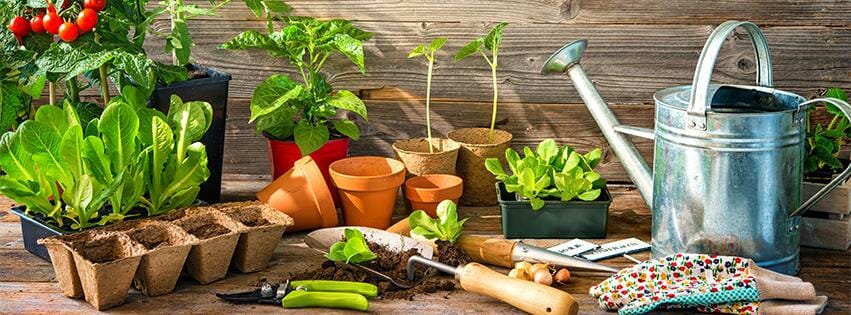
That is all for this August 2022 in the Garden tips and tricks article, Melbourne, Victoria, Australia. Wishing you all the best, keep yourself warm this winter! Hello Hello Plants.




